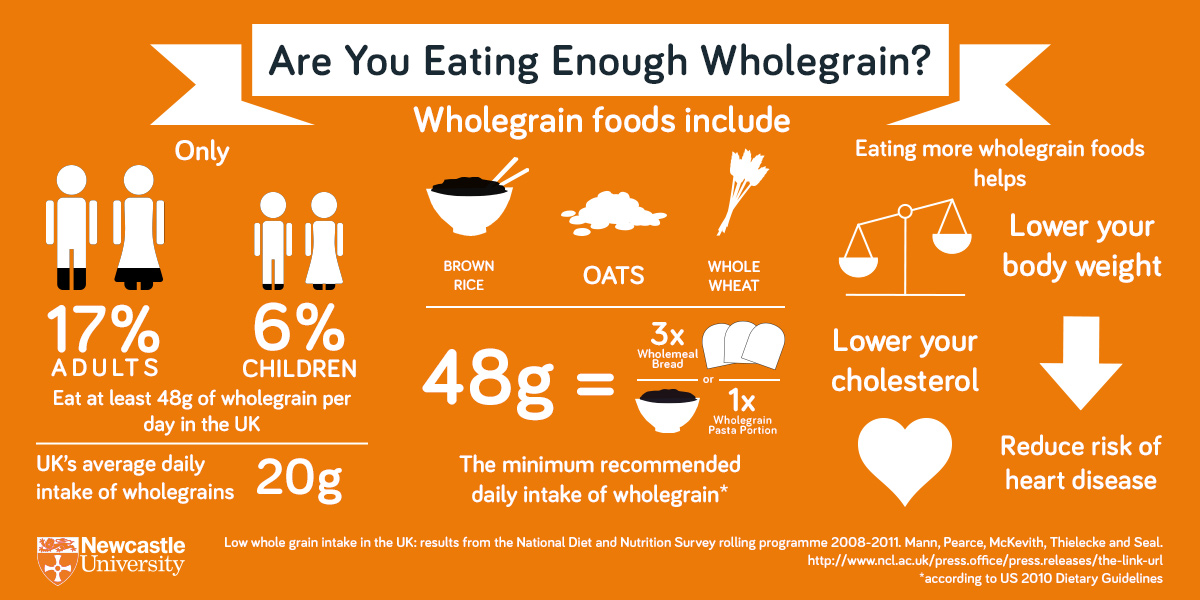Millions of adults who live in low-income urban areas regularly fall short of the calorie requirement recommended for a healthy life. The relationship between low income housing and food security needs to be targeted by the UN Sustainable Development Goals (SDGs) in order to achieve Goal 2: ‘to end hunger, achieve food security and improved nutrition, and promote sustainable agriculture’. Dr Suzanne Speak (GURU, School of Architecture, Planning and Landscape) contributes to the Newcastle University Societal Challenge Theme Institute blog series by showing how the UN SDGs could end urban hunger.
Food security for the urban poor
In its 2013 report on the State of World Food Security, the UN Food and Agriculture Organisation estimated that one in eight people in the world were suffering from chronic hunger and undernourishment in 2011-13. While the crises of acute famine or drought afflicting small farmers and rural dwellers are well reported to the international community, the ongoing, daily undernourishment of many low-income people in urban areas is less well understood or prioritised.
The focus on food security has, until recently, been overwhelmingly on rural problems and on issues of food availability at a global and national scale. The UN Sustainable Development Goals do little to address this rural focus. Despite SDG 2 aiming to ‘end hunger, achieve food security and improved nutrition and promote sustainable agriculture’, there remains no explicit reference to urban hunger. Yet many millions of urban adults regularly fall short of the 2,100 kilocalories recommended for a healthy, active life. Urban food insecurity has been significantly overlooked, especially by some of the professionals who could influence it most. Food security remains invisible to urban planners and managers in comparison to other problems such as unemployment, overcrowding and decaying infrastructure [1].
Urbanisation has brought with it the urbanisation of poverty and now, many low-income urban populations are equally at risk of poverty and food insecurity. Indeed, the UN itself acknowledges the food security and malnutrition issues associated with this urbanisation of poverty [2]. There are many reasons for this urban food stress. While it is difficult for urban policymakers to intervene to address all of them, here are three points around housing and settlement policy which can help drive urban food strategies.
- Increase secure livelihoods
Urban dwellers pay up to 30% more for their food than rural households [3]. However, livelihoods are unstable, being more dependent on waged income from precarious informal employment. Much of the informal-sector activity takes place outdoors (construction, street vending, or rickshaw drawing), making the rainy season an especially difficult period. Seasonal variations need to be taken into consideration when designing urban interventions. Urban households may need to remit funds back to the rural family, putting further stress on income and budgets.
The UN SDGs can help to address the problem of urban food insecurity through focused work on urban poverty. However, poverty is not the only issue affecting urban food security. We need to recognise the synergy between food security and several of the goals, especially Goal 11 on cities and human settlements, and Goals 6 and 7 on water, sanitation and energy.
- Promote sustainable urban agriculture and improve access to land
As the homes of the poor are usually small they have less storage to set food aside for harder times. Urban agriculture could play a significant role in managing fluctuations in food availability and support women who are unable to work outside the home. Indeed target 5a urges ‘reforms to give women equal rights to economic resources, as well as access to ownership and control over land ….’ Urban land is as vital for women’s livelihoods as is rural land. However, authorities seldom recognise this. Many urban migrants, men and women, tend to have good agricultural skills but there is less land available. However, encouraging urban agriculture for low income households would support SDG 12 to “Ensure sustainable consumption and production patterns”.
City authorities can do much to support both food security and gender equality by enabling the urban poor to have access to land for livelihood and agricultural purposes, and reconsidering their attitudes towards urban agriculture. This cannot be achieved easily, given the spiralling cost of urban land in many cities of the south. Nevertheless, urban planning policy can, and in some countries does, manage to regulate in such a way that undeveloped urban land can be temporarily put to more productive use. This requires municipal planning authorities to have strong vision and commitment to addressing urban hunger. It also requires strong governance and improved capacity within municipalities to develop and enforce regulation, such as land banking, which pushes up the cost of land and removes it from productive use.
- Ensure easy access to food markets and adequate conditions for cooking
The absence of markets and the small size of low-income housing, which has limited kitchen facilities, means an over reliance on street vendors and processed ‘snack’ foods for daily calorie intake. Street foods are often more expensive, and less nutritious, than home-prepared foods. Urban household budgets also compete with other resources such as water, devoting a significantly higher share of their limited household budget to drinking water than rural households.
SDG 6 aims to “ensure healthy lives and promote well-being for all at all ages”. However, food safety can be more problematic in urban settlements, where inadequate space and services for food production and storage have implications for both individual and public health. The lack of basic water, sanitation, drainage and solid-waste disposal services makes it impossible for the poor to prevent contamination of water and food.
Reliance on street foods further exposes urban residents to higher levels of food contamination and low nutritional intake. In this respect, two SDGs are particularly relevant — SDG 6 to ‘ensure availability and sustainable management of water and sanitation for all’ may be critical in improving food safety. Targets 6.1 – 6.5 are especially relevant to enabling low-income urban people to avoid food borne disease and lead healthier lives in general. In this respect they will be more productive for the city and better able to improve their own livelihoods.
Even if food can be purchased and stored effectively, much cooking is done on open fires or kerosene stoves, both of which produce toxic fumes in small, badly ventilated houses. In this respect SDG 7 can help in its determination to “Ensure access to affordable, reliable, sustainable and modern energy for all”.
SDG 11 recognises the importance of making cities and human settlements inclusive, safe, resilient and sustainable. However, this cannot be achieved until the availability of, access to and use of food in low income settlements is recognised as a specific and urgent issue, and addressed by urban professionals not simply those engaged in agriculture.
Summary of action points for reaching SDGs on hunger:
- The UN SDGs can help address urban food insecurity by targeting urban poverty, but it is not the only issue affecting food security which includes human settlements, water, sanitation and energy.
- Rather than be seen as inappropriate in urban planning by city managers, low-income households should be encouraged to take up urban agriculture to alleviate hunger in cities.
- Create food markets, sharing networks and urban agriculture projects to decrease reliance on street food which is often more expensive, less nutritious and more likely to be contaminated than home-prepared meals.
These are only some examples of actions that could be taken to address food security for the urban poor. However, the importance of markets and income-earning opportunities cannot be over-emphasised as it is sustainable livelihoods that will enable people to ensure their food security for present and future generations. Urban planners and similar practitioners could play a key role in achieving food security, improving food nutrition and promoting sustainable agriculture together by focusing on the plights of low-income urban areas.
[1] Maxwell, D. (1999). The political economy of urban food security in Sub-Saharan Africa.World Development, 27(11), 1939-1953.
[2] United Nations Standing Committee on Nutrition August 2013 available at: http://www.unscn.org/files/Statements/August_31-_UNSCN_World_Urban_Forum_6-_Statement_final_3108_finalfinal.pdf
[3] World Food Programme. Annual Session. Rome 20-23 May 2002 Report on Agenda Item 5 Policy Issues (http://www.wfp.org/eb)
Newcastle University Societal Challenge Theme Institutes:





